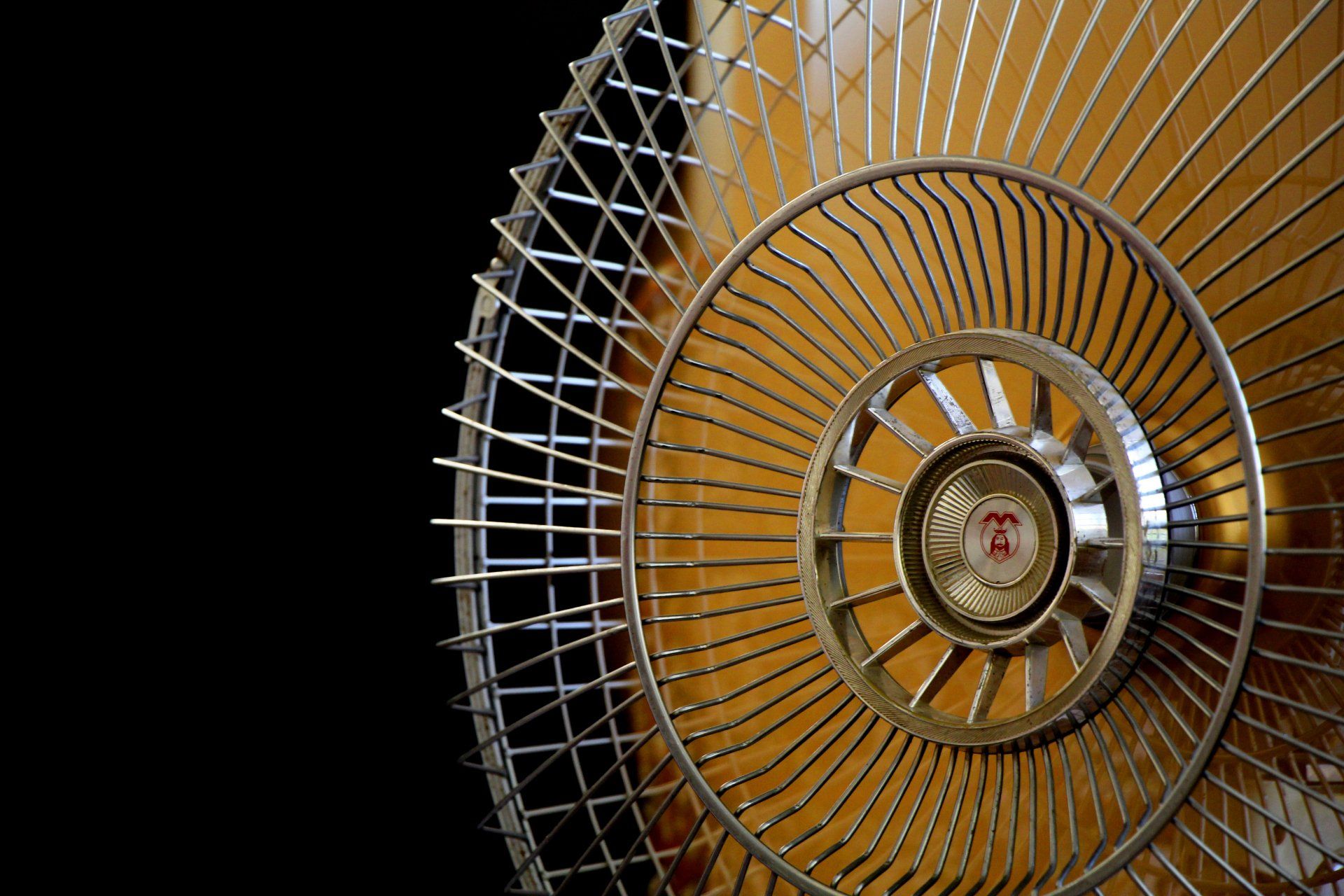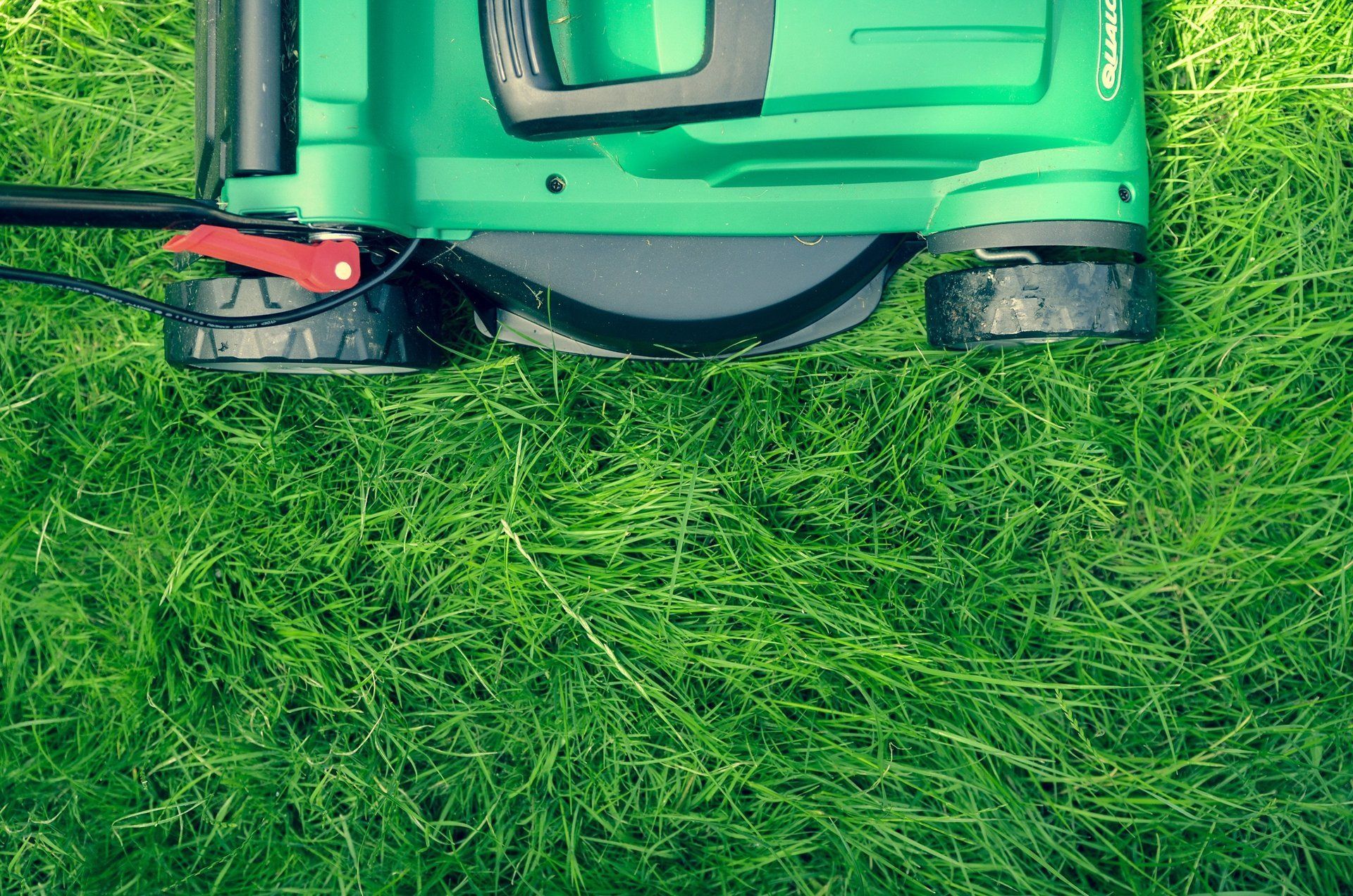Blog Layout
The Ultimate Guide to Winterizing Your Home
Nicky Becky • Feb 04, 2021
Winter is Coming: Prepare Your Home to Minimize Utility Costs & Maximize Comfort.

No matter if you read this in April, July, or October, if you own a home you know that winter is coming. And, if your up north, the cold weather will likely arrive sooner rather than later. Winter weather can wreak havoc on you home. Winter winds from the coast or local bodies of water can produce gale force winds, heavy snow, and cycles of quick freezes that can test even the sturdiest roof shingle. That’s why it’s never too early to prepare your home for the wear and tear of a blustery winter. If you wait until October to winterize, you might find that the scope and expense of winterization are unmanageable. We’ve broken down tasks into four manageable segments, conveniently organized by the seasons.
The Spring Home Winterization List
When the weather turns warm and the daffodils bloom, it might be tempting to forget about winterization. But with winter (and all of its associated home issues) fresh in your memory, spring is a great time to get ahead of the curve and create a winterization “to do” list that you can execute over the next several months.
Evaluate Door Integrity
Did your doors warp over the winter? Did you notice lots of drafts or even gaps during the winter month? If your doors have glass, was the glass well-insulated, or did it frost up (pointing to poor insulating ability)? Do your entries need to be varnished, painted, or sealed? Don’t forget to include side doors, garage doors, and the doors of shed or outbuilding in your assessment.
While the warm weather may make you complacent about the health of your doors, replacing doors in the spring tends to be easier than a winter replacement. And snug, sound doors will improve the energy efficiency of your home in all kinds of weather.
Consider Storm Doors
If you struggle with drafty doors, you might want to explore the viability of storm doors. Storm doors can be a cost-efficient way to reduce heat loss through doorways, and if your home is air-conditioned, it can keep your home cooler in the summer as well. That’s why spring is the perfect time for homeowners to shop for storm doors.
Test Window Integrity
While it may be tempting to sit out another season, windows are another significant source of heat loss, which means leaky windows can dramatically increase your heating (and cooling) bill. According to Energy.gov, heat gain and heat loss through windows are responsible for 25 percent to 30 percent of residential heating and cooling energy use. That means replacing your window could save you about one third of your energy bill.
Once you put those numbers into that context, it’s easy to see why investing in solid, energy-efficient windows in a smart long-term strategy. However, to ensure timely installation, it’s smart to avoid the rush and start shopping for windows now. The longer you wait, the longer you may have to postpone installation, due to contractor backups. Windows are often attractively priced in the spring.
Is It Time to Upgrade or Replace insulation?
Unless you live in a new home or you replaced your insulation in the last five years, it’s smart to do a spring insulation check. All types of insulation deteriorate over time, so don’t assume that your insulation is good to go. Take time to inspect crawl spaces and attic insulation. If you don’t have attic insulation check out this helpful video from This Old House
If you have an unfinished basement, you may have noticed that it creates cold floors in the winter. Spring is the perfect time for adding a false ceiling in your unfinished basement and add insulation between that ceiling and the living area. This simple, relatively inexpensive fix can dramatically improve the energy efficiency of your home.
If you have living space over a garage, the same remedy applies. Install a drop ceiling in your garage and insulate. This type of insulation will also make it easier to keep that space cooler in the summer. Many drop ceiling kits are affordable and easy to use.
If you noticed cold rooms, or cold walls last winter, you might want to consider increasing your home’s insulation in the walls. The interior ceilings, walls, and floors in your home should feel warm and dry in the winter. If your walls are damp or cold, you need to increase or replace your insulation. Replacing wall insulation is a major repair, so it’s a good project to start in the spring, to complete before winter rolls around again.
Check the Roof
Winter is hard on roofs, and even the sturdiest homes sometimes get a few leaks over the winter. If you suspect roof damage, it might be wise to have an insurance inspector check the roof and see if damages are covered under your homeowner’s policy. Even if you don’t suspect damage, spring is the season to ask a contractor look for damaged roof shingles, loose gutters, or other issues with rooves and eaves.
Give Your Heating System a Tune-Up
Whether your furnace or HVAC unit is old or new, it needs an annual tune-up. Keeping your furnace clean, change filters, lubricating, and properly adjusted the unit each year will not only reduce energy use, but it will also allow you to spot problems early, saving you money in the long run.
Many utilities offer free annual checkups by qualified technicians but be sure to make an appointment in the spring. Once summer hits, many technicians are kept busy with cooling emergencies. Once fall hits, everyone is getting winter furnaces checked. Keep ahead of the curve and schedule a spring checkup.
The Summer Home Winterization List
Nobody wants to think about winter when the sun is shining, and the beaches are calling your name. But the warm weather and long days also provide an excellent opportunity to tackle a few winterization projects that will improve the energy efficiency of your home in every season.
Lawn and Garden Storage
You spend a lot of time and effort keeping your lawn and garage looking great. You’ve probably invested a fair amount in mowers, tillers, fertilizer, pots, and garden tools. But where do you store them in the winter? Do you have a safe, dry storage plan that keeps your tools and equipment away from snow, salt, and winter weather? Or are they stuck haphazardly in the corner of the garage? While the sun is shining, take the time to think through the way you store your lawn and garden equipment. Upgrades can be as simple as big, plastic bins, or as comprehensive as a new storage shed.
Insulate Your Water Heater
Water tanks can lose heat, especially if they’re in a cold basement or an unheated garage. You can buy a relatively inexpensive water heater blanket that takes minutes to install. You’ll save on water heating bills all year long
.
Invest in a Programmable Thermostat
This is another upgrade that can help you save energy all year long. If you haven’t purchased a thermostat in the past few years, you’re in for a big surprise. The latest models are sophisticated and can learn a family’s habits, so they set themselves to keep the house cooler when no one is there, and warmer when the home is occupied. You can also increase or decrease your home temperature by using your smartphone. There is a wide range of thermostat models and prices available at online or at a housewares or hardware store near you.
Insulate Your Pipes
Whether it’s hot or cold out, you’ll pay less for hot water by insulating pipes. Pipe insulation is important in the winter because it will significantly decrease the chance of pipes freezing.
Insulating pipes is relatively easy and inexpensive. Purchase pre-slit pipe foam and trim it to size with a pair of sturdy shearing scissors. Then secure it with duct tape, being careful to cover seams neatly. The higher the R-value, the more effectively your insulation will be to insulate pipes. For more tips on insulating pipes, check out this video:
The Fall Winterization List
Once Fall rolls around, it’s time to complete your last steps on winterization. We’ve provided a checklist of last-minute fixes and tasks that will help you get ready for the cold, winter weather.
Caulk Around Windows
Even hairline cracks around your window will allow warm air to escape, and cold air to enter your house. All caulking needs to be replaced periodically, so you should check your windows every fall for spots that need to be patched. Be sure to also check the outside of your windows for similar cracks or chips.
Replace Weather Stripping Around Doors
Replacing weather stripping is an easy way to improve your home’s insulation, and it’s easy to apply. Weather stripping can be inexpensive as well. If you can see the light around the edges of your doors, you need new weather stripping.
Change Your Furnace Filters
Even if you’ve had heating system tune-up in the past year, you should change the filters on your furnace. Dirty filters make furnace work harder by restricting airflow. When the furnace is in use during the heating season, change filters each month.
You may also be able to switch to a permanent filter that allows you to clean your filter instead of replacing it. Another good choice is a genuine HEPA filter that can also filter out airborne particles.
Drain Your Air Conditioning and Water Lines
Draining hoses and air conditioner pipes of excess water will prevent damage by freezing. If your air conditioning has a water shutoff valve, this is the time turn that off. (And remember to turn it back on before using the air conditioning again.)
This is also the time to make sure outdoor hoses are drained and stored in a controlled environment. Hard freezes can damage hoses, even if they are drained.
If you have window air conditioning units, it’s time to remove them and store them away until the summer. If you have a built-in window unit, you can purchase a winter cover to put on the outside, to better insulate the unit.
Clean Out Gutters
Fall is a challenging time for most homeowners. Autumn leaves can quickly clog up gutters, so make sure you schedule a few cleanups this fall. Once all the leaves are off the trees, give your gutter one more pass and make sure they’re clear of leaves, branches, and debris, and in good working order.
Winterize Your Chimney or Woodstove
Your chimney or wood stove should be professionally inspected and cleaned at least once a year, or about one time for every 80 fires you burn. Cleaning is an important safety measure because it removes creosote buildup. Creosote is a flammable byproduct of burning wood and can present a fire hazard if not regularly removed.
If you have a chimney, most chimney sweeps can also inspect the interior and exterior brickwork, as well as checking the chimney cap and damper.
Make sure none of the surrounding trees are growing close to the chimney. If your trees are getting close the chimney, get limbs trimmed back, or they may present a fire hazard.
While many people love the look and feel of an open fire, heatproof glass doors will dramatically increase the efficiency of your fireplace. Glass doors also prevent sparks from escaping, improving the safety of your hearth. And finally, glass doors will reduce heat loss when the fireplace is not in use.
For homeowners with an electric fireplace, check all the wires and to make sure none are frayed or broken. Make sure that connectors are securely fastened. And before the fireplace season begins, give the unit a good vacuum and dusting.
If you have a gas fireplace that is vented, check the outside vent, and remove debris and repair any damages. Gas fireplaces also need cleaning, so give it a vacuuming and dusting before starting up for the first time in the fall.
Stock up on Winter Supplies
Take inventory of your winter supplies and consider replacing things like snow shovels and car scrapers. If you have a bad back, you can look for shovels with better ergonomics.
There are many models of car scrapers, so make sure you’re happy the tools you have to remove snow and ice from your vehicle (and don’t forget to replace your wiper fluid with a winter mix.)
Add Heavy Drapes and Rugs
In earlier times, changing rugs and drapes was a common practice, and for a good reason. Adding a rug to a floor is an effective insulator. Heavy curtains that completely cover the window are also a way to minimize heat loss.
Winterize Your Lawn Mower
Once the lawn mowing season is over, it’s time to prepare your mower for the winter. Start by emptying the fuel. Over the winter, the alcohol in the fuel will dissolve plastic and rubber parts in the fuel system. It also attracts moisture, which leads to corrosion of metal parts. That’s why now is the time to drain or siphon the gas tank dry. Once you’ve removed as much gasoline as you can, run the mower to use up any remaining gas.
If your mower’s gasoline has a fuel preservative, you can store it until next spring. If not, use it in other ways, quickly. Without a fuel preservative, the ethanol in the gasoline with separate over the winter and degrade by spring.
Fall is also the time to give your mower a thorough cleaning. Remove and sharpen the mower blade. This might be a good time to get the blade professionally sharpened. Once the blade is clean and sharp, apply a light film of oil to it and reinstall it. Disconnect the spark plug lead, tip the mower over, and clean the underside of the deck with a wire brush and a putty knife.
If you want more information on sharpening your lawn mower blade, check out these tips from This Old House.
WINTER IS HERE! Now What?
You’ve been preparing for this for months, and now winter is here. While there are so many things you can (and must) do to winterize your home in spring, summer, and fall, some winterization tasks should be done in the colder months. Winter is the time to complete a list of last-minute tasks that will keep your home in great shape.
Check Electrical Plates for Cold Air
Even though they are small, light switches and electrical outlets may be letting in drafts. Because they are placed throughout your home, if they let in just a bit of cold air, you may have dozens of cold spots. That’s why it smart to choose a cold day to go around your house and hold your hand close to the switch plate or outlet for a few moments. If it feels colder than the surrounding air, you should insulate it. Insulating switches and outlets is a quick and easy process. Check local hardware stores, they should have a variety of inexpensive insulated plates and insulation kits for switch and outlet plates to solve this issue.
Run Ceiling Fans in Reverse
If you have ceiling fans, you can use them to help you circulate winter warmth more effectively. While most people associate ceiling fans with the cooling breezes of summer, most ceiling units allow you to reverse the direction of the blades. Heat rises, and by running your fans in the clockwise direction, you’ll enable them to push heat down from the ceiling back into the living space. Some estimates say this simple procedure can reduce your home heating bill by up to 10%.
Block Drafty Doors and Windows
As a homeowner, you know that drafty doors and windows can get chilly. But did you know that the U.S. Department of Energy estimates that the drafts from your doors and windows can waste 5 to 30 percent of your energy use?
So, if you’re still feeling drafts from your doors or window, it might be time to start using draft snakes. These simple cloth tubes are filled with insulation or dried beans and are easy to buy or make yourself. Place them on window sashes, or under doors to block chilly drafts.
Lower Your Water Heater Temperature
Small drops in water temperature can make a big difference if your energy bill. Some water heaters are set at 140 degrees by the manufacturer or installer. Lowering it to 120 degrees is recommended by the Consumer Product Safety Commission, and 120 degrees is a safer temperature for homes with small children. Lowering the temperature to 120 degrees Fahrenheit (or lower) not only prevents scalding incidents, but it can also reduce your water heating costs by up to 10 percent.
Quick, DIY Window Insulation
If you find your windows are drafty, you have a few quick and easy options. Try picking up an inexpensive window insulation kit, they use a big plastic sheet similar to plastic wrap that can stretch over the window. Once applied, you use a blow dryer to tighten up the seal, and the plastic becomes taut. When properly installed, window plastic reduces drafts and is almost invisible.
In Conclusion
Winterizing your home is a smart way to protect one of your most substantial investments – your home. Take time to maintain or upgrade your home throughout the year, and you’ll be able to enjoy your home in comfort for decades to come. There’s a wide variety of store and websites that can help you winterize your home effectively and cost-effectively, but if you found this article helpful and you’re in the Forest Hill or the Harford County, Maryland area, please allow Kefauver Lumber, your nearby True Value hardware & home improvement store to assist you.
Family owned and operated since 1938, Kefauver Lumber
is a trusted source for a wide range of home improvement products. Visit us today and our friendly and knowledgeable staff will help you get the job done!
Store Hours
- Monday
- -
- Tuesday
- -
- Wednesday
- -
- Thursday
- -
- Friday
- -
- Saturday
- -
- Sunday
- Closed
Kefauver Lumber True Value










